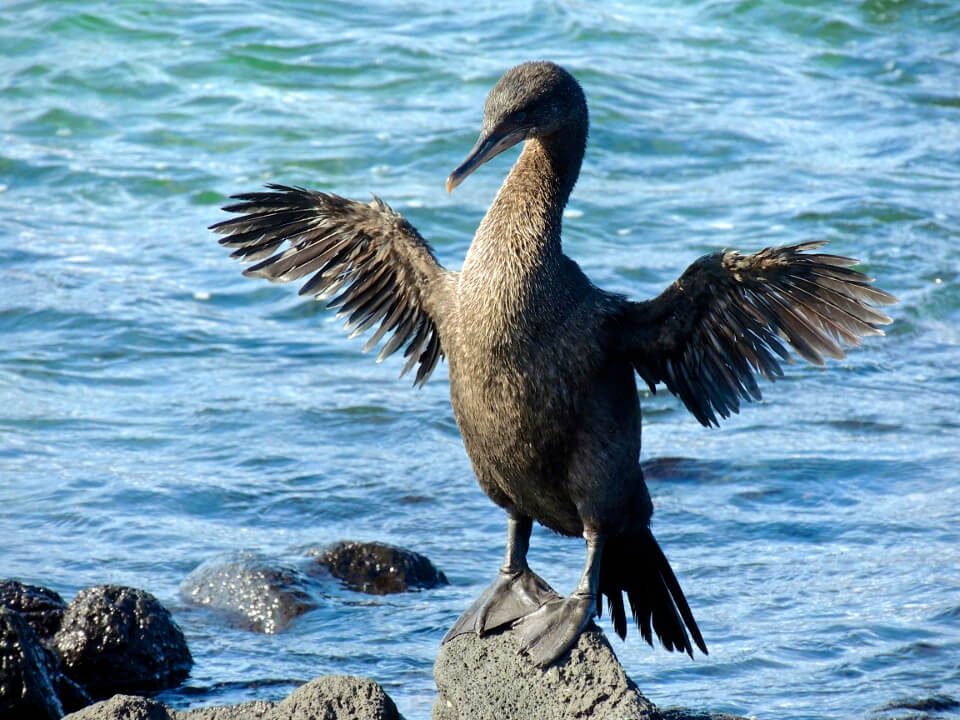Everybody has fantasized about being able to fly. That yearning most likely started when we first stared at the birds soaring through the vast blue sky and wondered what it must be like to see the world from such an altitude. We have always retained the potential to do such a thing, which has been bestowed on us by human creativity and science. But what if the very birds that taught us to fly lost that to evolution? Would the fall from grace be as sudden and catastrophic for them as it seems? This type of natural scenario can be observed firsthand on the Galapagos Islands. The Galapagos Islands’ flightless cormorants (Phalacrocorax harris) appear to be the only cormorants in the world to have been chosen for such an unusual adaptation. We quickly review the various theories to unravel the enigma surrounding these cormorants and their long-lost ability to fly.
TALK TO A DESTINATION EXPERT

Diego Zapata

Rosa Mena

Sandy Lara

Diego Zapata

Rosa Mena

Sandy Lara
OVERLOST WINGS: THE UNIQUE SITUATION OF A BIRD THAT HAS GONE AWOL
The Galapagos cormorant is thought to have split off from its avian cousins about two million years ago. To put this into perspective, consider that the flightless feature was acquired by ostriches, kiwis, and emus more than 50 million years ago.
The remaining vestigial wings on the flightless cormorant indicate why it might have become flightless. The bird’s enormous body and tiny wings give it the appearance of an oversized baby bird, which provides scientists with the ideal visual cue to suggest that a mutation may have happened in both coding and non-coding DNA areas. Based on the evidence, it seems possible that the conversion kept the birds’ juvenile traits throughout their adult lives.

Have a close look at the iconic Flightless Cormorant!
However, Charles Darwin concluded that, due to their perceived physical “disadvantages,” extreme isolation may help some species survive. According to one explanation, these animals’ need to fly tremendous and small distances in search of food must have finally decreased since food must have been so abundant in the Galapagos for a sufficiently long period. The lack of predators adds to the pointlessness of their wings; the Galapagos cormorant required its wings less and less as it did not need to take flight. This dual dynamic offers a more naturalistic explanation for why it could not fly.
Researchers are still unsure of what caused the flightless cormorant to lose its ability to fly and how it lost it. Another theory is that these Galapagos cormorants exploit the relatively predator- and pathogen-free utopian archipelago. This is one of the reasons these strange and rambling species can endure on the islands in this manner.

Javier Garcia

Eduardo Silva

Carolina Escobar
START PLANNING YOUR TRIP

Javier Garcia

Eduardo Silva

Carolina Escobar
Get in touch for more
CONTACT US
WHERE IN THE GALAPAGOS CAN YOU FIND FLIGHTLESS CORMORANTS?
The rugged cliffs of Punta Vicente Roca, the volcanic rocks of Fernandina, and the comparatively sandy shoreline of Urbina Bay are home to the flightless cormorant in the Galapagos Islands. These are all found on the archipelago’s western side.


